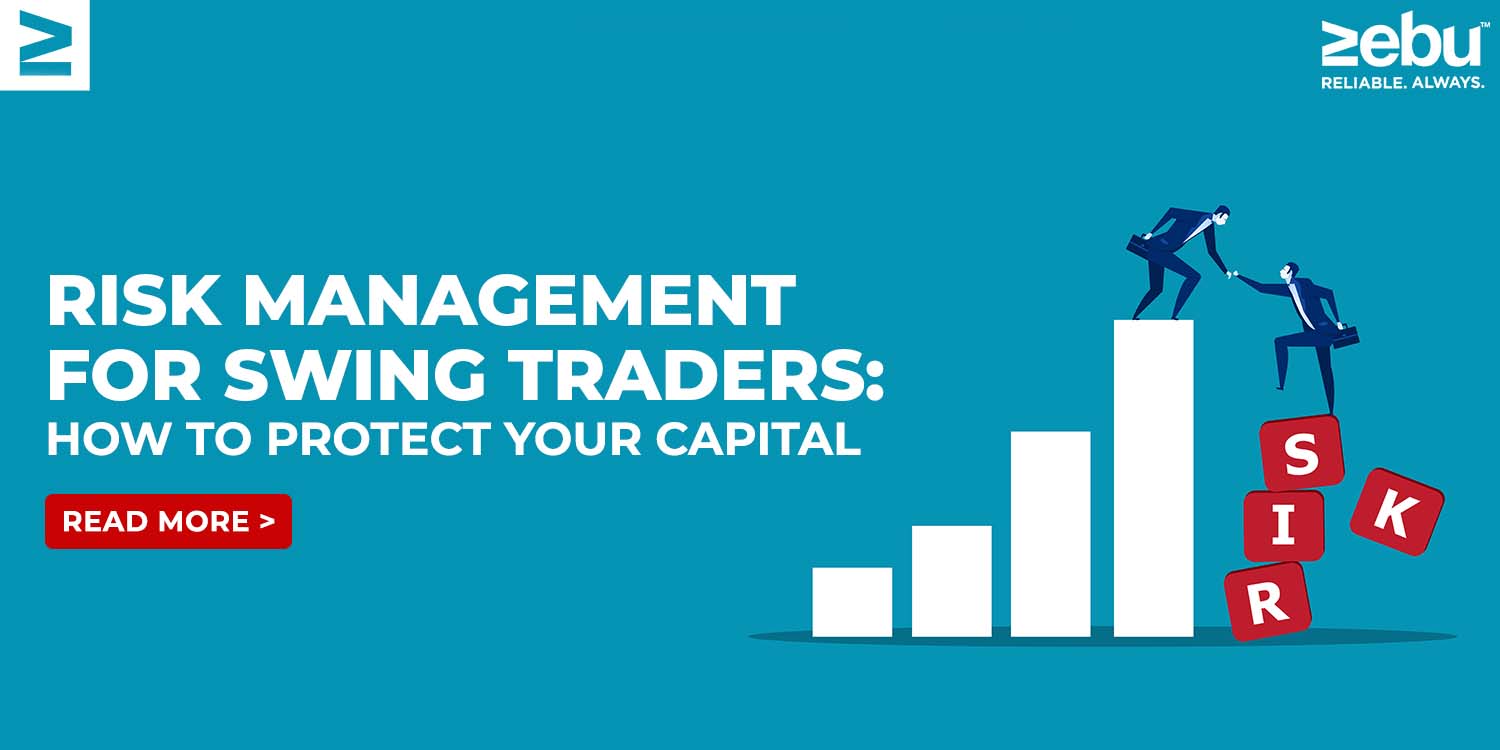
Trading on the Indian stock market may be challenging and daunting, particularly for novice investors. It’s critical to comprehend market realities and distinguish reality from fiction because there are several myths and misconceptions that might mislead inexperienced traders. The following are some prevalent misconceptions and facts that novice traders need to be aware of:
Myth 1: The stock market is open around-the-clock
Reality: The Indian stock market is open Monday through Friday from 9:15 AM to 3:30 PM. While futures and options trading may be available after market hours, most stock trading occurs during regular market hours.
Myth 2: Trading requires a large initial investment.
Reality: Trading on the Indian stock market doesn’t require a significant investment. In reality, there are brokers that enable traders to purchase fractional shares and have minimal minimum deposit requirements, making it easy to start trading with even a tiny amount of money.
Myth 3: Luck has no part in trading.
Reality: Although luck can undoubtedly be a part in trading, it surely isn’t the sole one. To make educated selections and accomplish their investing goals, successful traders combine market analysis, a solid investment plan, and discipline.
Myth 4: The only way to make money is through short-term trading.
Reality: Short-term trading has a high level of risk even though it can be profitable. Long-term investment may also be a successful tactic for people who are risk-averse or want a more secure approach. Finding a strategy that fits with your risk tolerance and investing goals is crucial.
Myth 5: The only method to trade is through technical analysis
Reality: Technical analysis is a useful tool for traders, but it’s not the only strategy available. In addition to using a mix of technical and fundamental analysis, many traders also utilise fundamental analysis, which entails examining economic and financial data in order to make investment decisions.
Myth 6: The stock market offers instant wealth.
Reality: The stock market is not a get-rich-quick scheme, while it is feasible to earn large gains. Trading successfully takes perseverance, self-control, and a long-term viewpoint. Overnight riches are uncommon, therefore it’s critical to have reasonable expectations and stay away from the hype.
In conclusion, it’s critical for novice stock market traders in India to distinguish reality from fiction and comprehend the realities of trading. You may boost your chances of success and make better investing decisions by being aware of these prevalent myths and misunderstandings.








